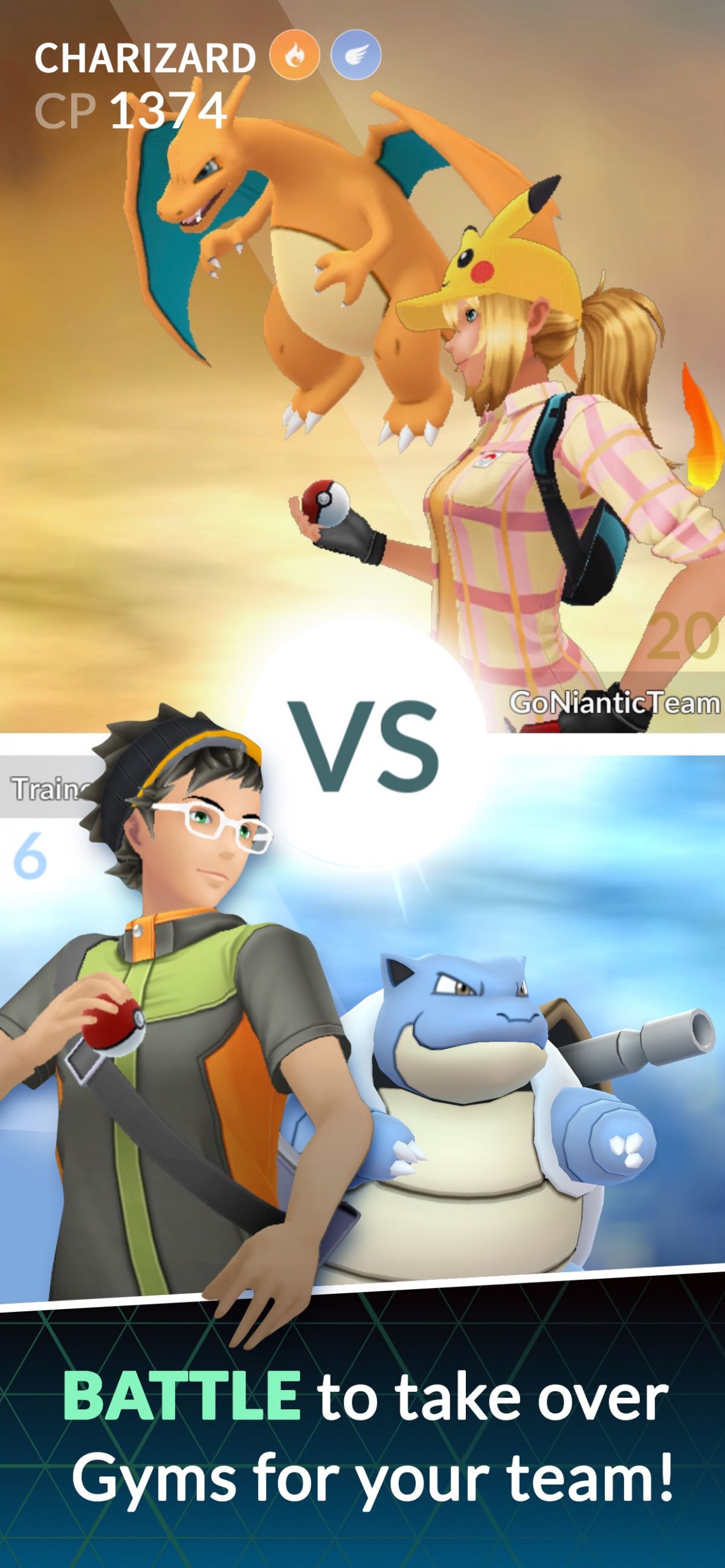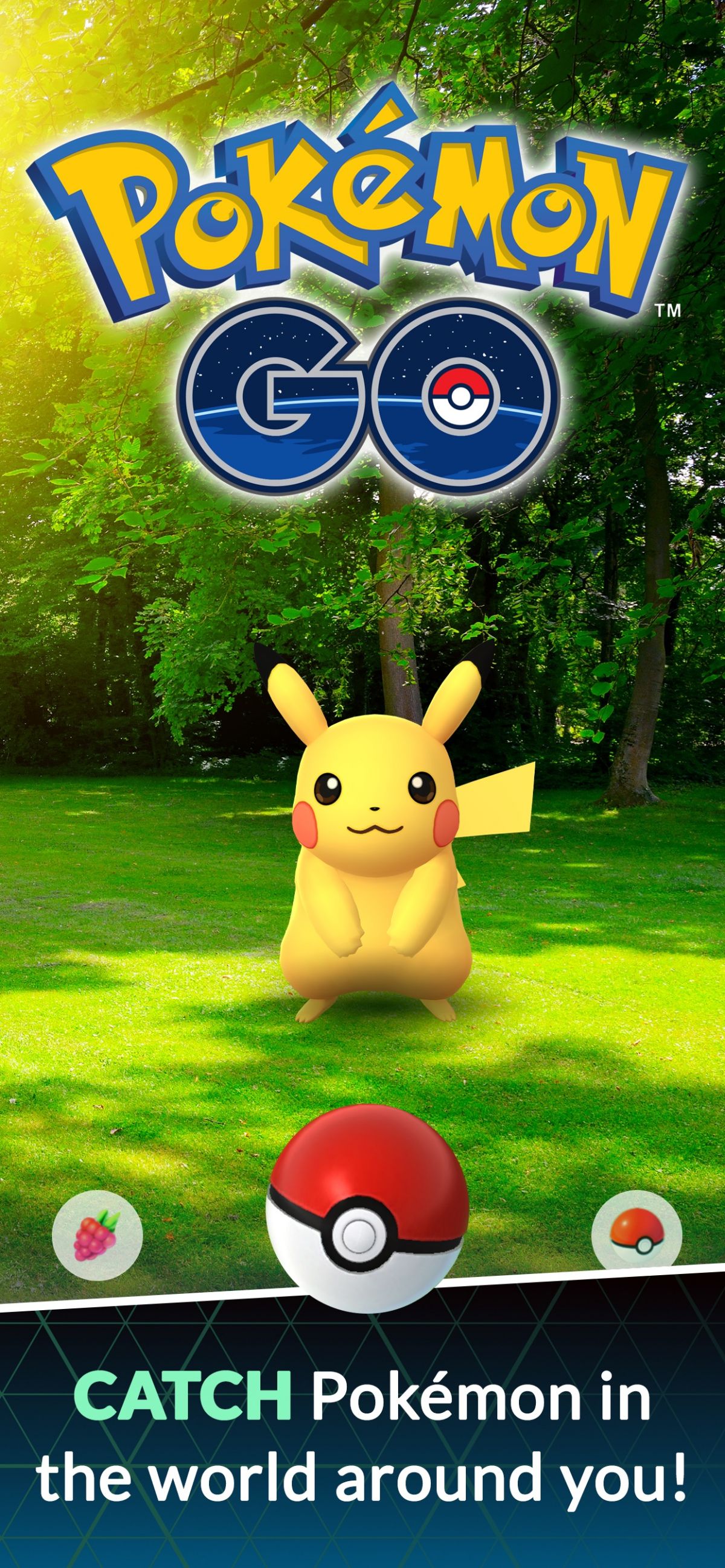Mastering the art of Pokemon training and capturing requires a well-thought-out game strategy in Pokemon GO. Here are some key strategies to help you become a skilled trainer:
- Pokemon Type Advantage: Understanding the strengths and weaknesses of different Pokemon types is essential for successful battles. Water-type Pokemon, for example, have an advantage over Fire-types. Strategically assemble a team with a diverse range of types to counter your opponents effectively.
- Gym Battle Tactics: When challenging gyms, consider the defenders' Pokemon types and plan your lineup accordingly. Utilize type advantages, dodge enemy attacks, and time your special moves to deal maximum damage. Cooperation with other trainers can also tip the scales in your favor during intense gym battles.
- Raid Battles and Teamwork: Raids are epic battles against powerful Pokemon that require a group of trainers to collaborate and defeat the boss. Coordinate with other players, select Pokemon with advantageous types, and communicate strategies to maximize your chances of victory and earn rare rewards.
- Stardust and Candy Management: Stardust and candy are valuable resources for powering up and evolving your Pokemon. Strategically invest these resources in your strongest Pokemon to improve their combat prowess. Focus on Pokemon with high potential and create a balanced team for different situations.
In Pokemon GO, you embark on a journey as a Pokemon Trainer, exploring real-world locations to discover, catch, and train a vast array of Pokemon. The game features a rich variety of characters and levels that offer unique challenges and rewards:
- Pokemon: Encounter hundreds of Pokemon from different generations, each with its own unique abilities, moves, and evolution paths. Some Pokemon are region-specific, encouraging trainers to travel and trade with others to complete their collections.
- Trainer Levels: As you progress and earn experience points, your trainer level increases, unlocking new features and higher-level Pokemon encounters. Leveling up enables you to access more powerful items and participate in challenging battles.
- Research Tasks: Engage in research tasks provided by Professor Willow to earn rewards and discover rare Pokemon. These tasks range from catching specific Pokemon to participating in battles and exploring various locations.
Mastering the art of throwing a well-aimed Poke Ball to capture wild Pokemon can be challenging, especially when encountering elusive and high-level creatures. Let's consider the encounter with a powerful Dragonite in a lush forest.
You approach the Dragonite cautiously, knowing its fierce strength and agility. The key to success lies in timing and precision. With a flick of your finger, you launch a Poke Ball, aiming to hit the shrinking target circle when it's at its smallest. A well-executed throw increases your chances of capturing the Dragonite.
However, the Dragonite is not easily subdued. It unleashes a powerful Dragon Breath attack, swiftly dodging your next few attempts to capture it. The tension rises as time and Poke Balls dwindle. You strategize, switching to Razz Berries to increase your chances, and carefully employ curveball throws to add a curve to your shots, making them harder to dodge.
Finally, after a series of heart-pounding attempts, your Poke Ball finds its mark. It shakes once, twice, and clicks shut. Success! You've captured the mighty Dragonite, adding an impressive asset to your team.
This example illustrates the challenging nature of capturing high-level Pokemon. It requires precise timing, strategic item usage, and a deep understanding of each Pokemon's behavior.
In conclusion, Pokemon GO is a game that combines strategy, exploration, and adventure in a unique augmented reality experience. Mastering type advantages, employing battle tactics, and managing resources are key elements of the game. With its diverse cast of characters, evolving levels, and challenging encounters, Pokemon GO offers a dynamic and immersive gameplay experience that keeps trainers hooked as they embark on a quest to become the ultimate Pokemon Master.













































